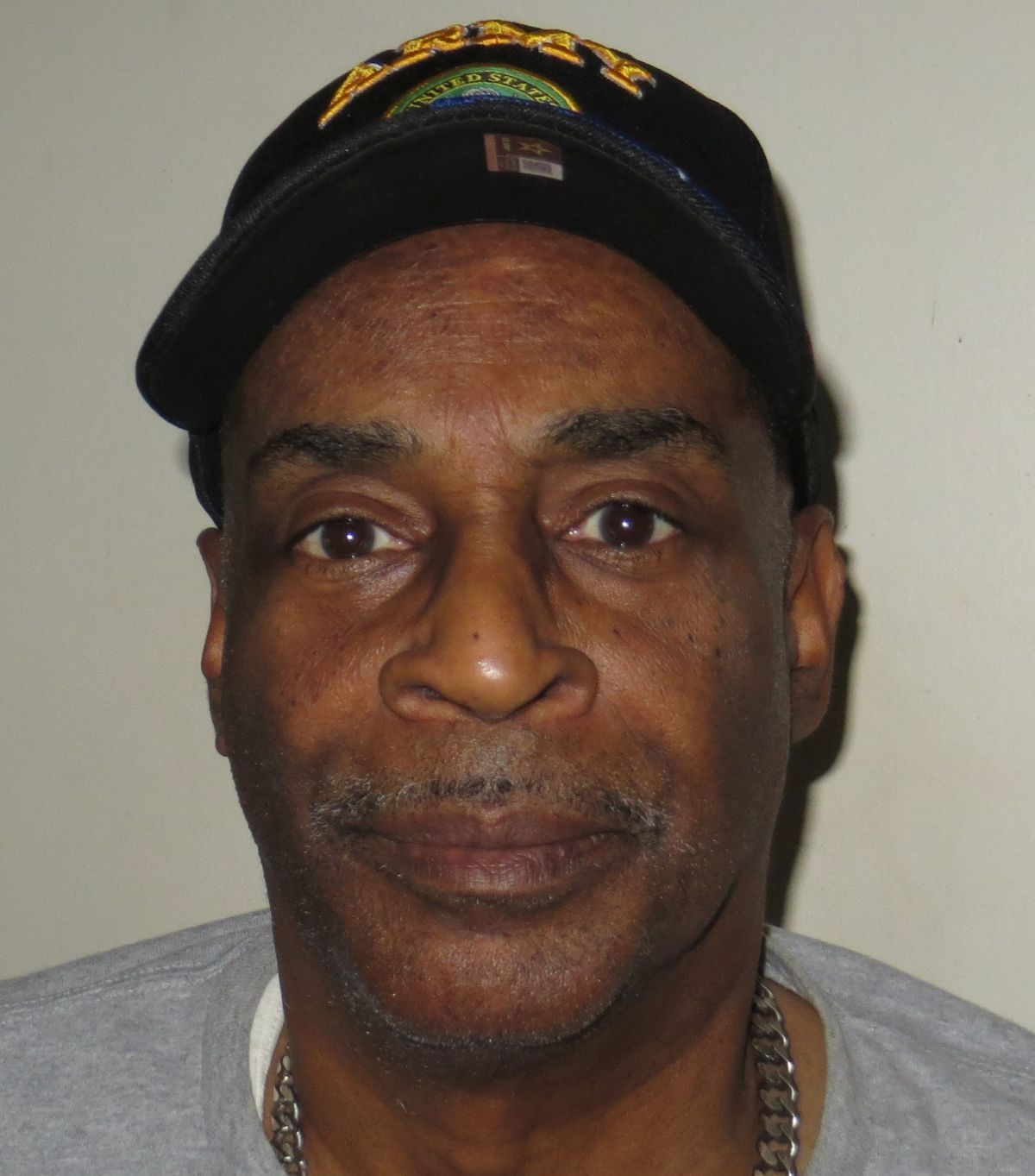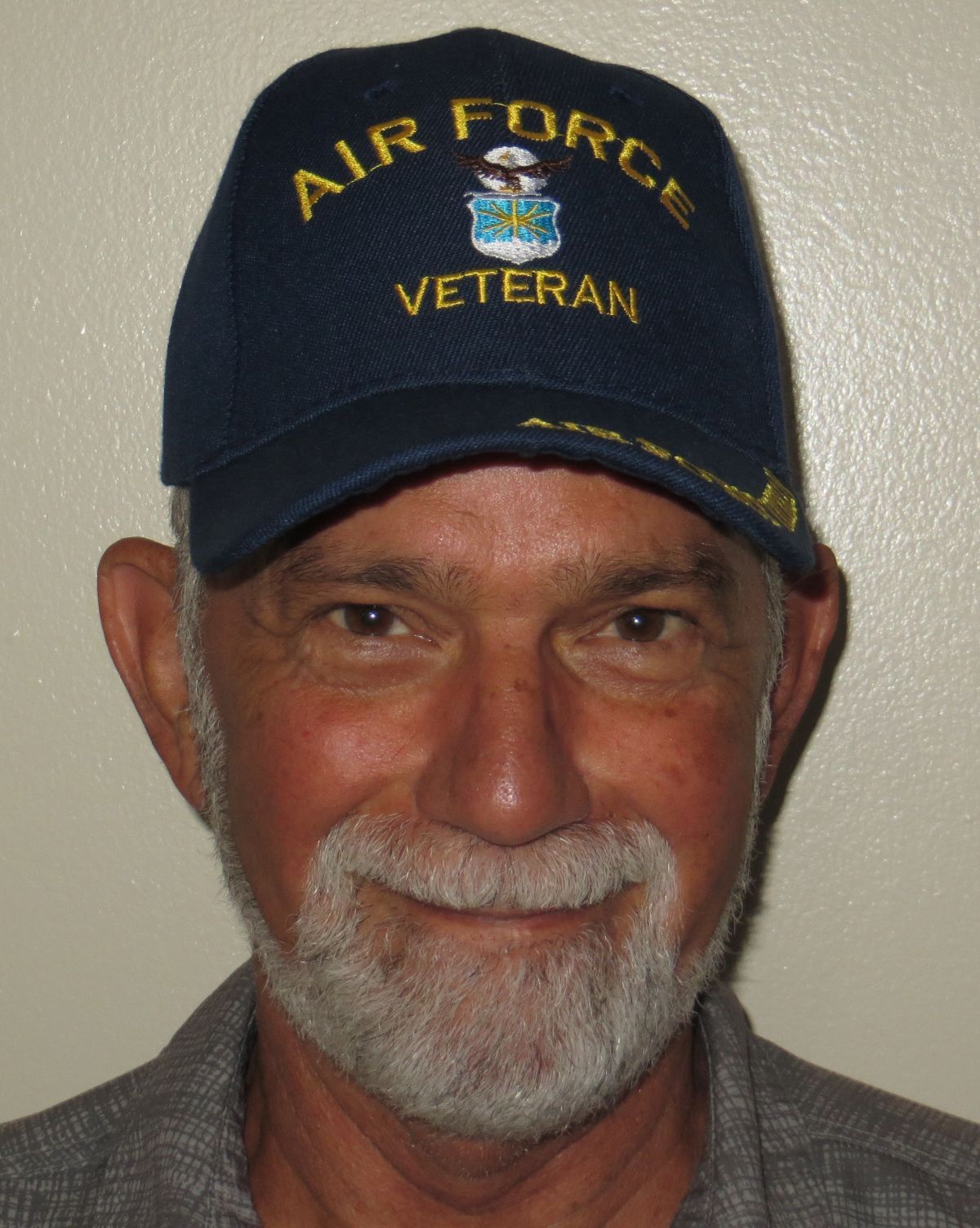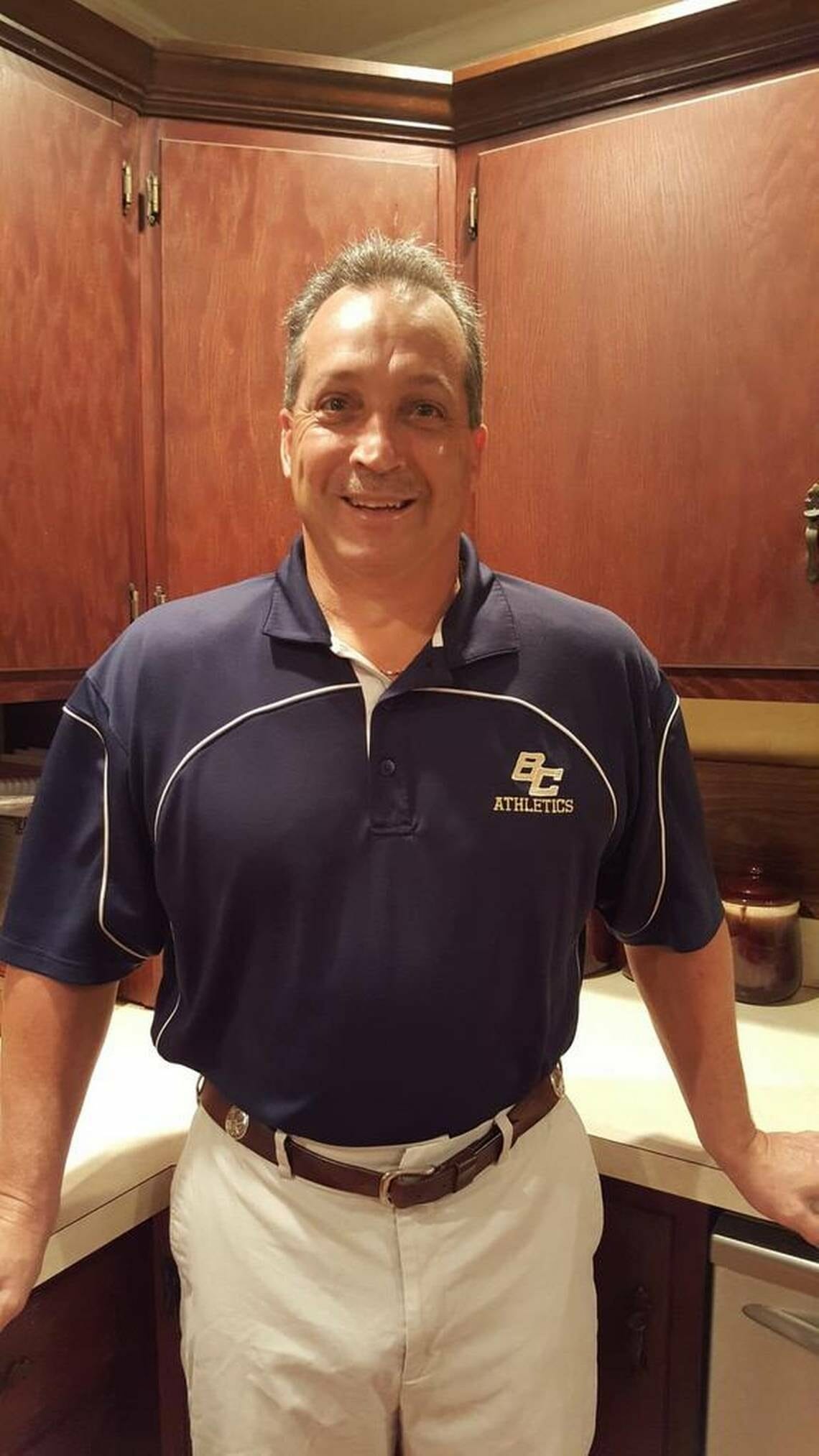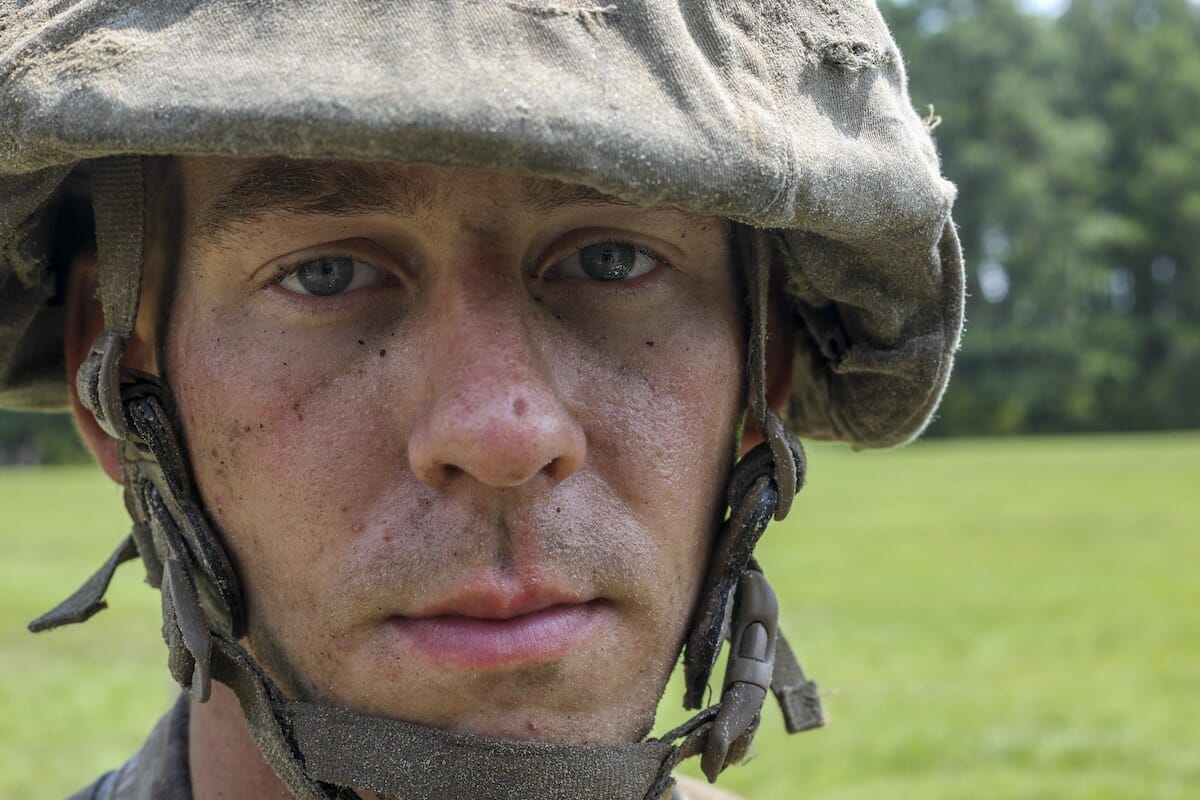Looking you in the eye, kicking you in the backside, covering your six (flank), and taking your Marine’s or soldier’s (or employee’s) place on the most dangerous mission is leadership. Knowing there is a place for everything and everything in its place is leadership.
Admitting mistakes and learning from them is leadership. Going through the food line last is leadership. Leaving the pickup zone (PZ) last on the last helicopter is leadership.
Going up the hill first and pulling your troops up behind you is leadership. Packing your own roll and digging your own hole is leadership. Making every troop and employee an expert in common tasks is leadership. Making certain every Marine, soldier, sailor, airmen, and Coast Guardsman has the ability and training to, if needed, fight as an Infantryman is leadership.
Leadership is caring, compassion, understanding, and leading by example. Leadership is treating all prisoners and detainees in accordance with the Geneva Convention and other appropriate protections. Leadership knows that legal and ethical treatment of enemy prisoners is absolutely essential to having any kind of chance of getting the same humane treatment, from our enemies, for our military members who become Prisoners of War (POWs). Leadership is command and control and collaboration and creativity.
Simple, easy-to-understand orders come from the best leaders. Leaders make sure the enemy gives his life for his cause. Leadership ensures his or her troops always have the tactical advantage, best training, best equipment, and the highest morale, and plenty of water, rest, and hot food. The tides, the channels, the seasons, the winds, the hazards, the weather, the enemy (or for industry – the competition), the terrain, and the best forecast are all known by good leaders.
Leadership is not promoting or supporting racism, injustice, and extremist groups like Neo Nazis, white supremacists, and anti-Semitics. Leadership is not bragging to and threatening troops and employees. Leadership is not disrespecting our allies and their leaders. Leadership is not catering to and complementing our worst enemies, like Russia and North Korea.
Leadership drives the fear of employees, customers, vendors, and others making complaints and suggestions out of the workplace. Good leaders teach employees to “skip think” by looking past the initial negative feelings about complaints and instead learns to see each complaint as a gold mine of good ideas.
Breaking large problems down into small problems is leadership. Making quality and standards visible is leadership. Designing services and products on the needs and expectations of customers is leadership. Listening to the voice of your customers is leadership. Knowing that people work in the system and the leader’s job is to work on improving the system is leadership.
Leadership is teaching managers and employees team meeting skills including:
Agreeing in advance on an objective;
Developing an agenda;
Setting time limits for discussion and brainstorming;
Listening more and resolving conflicts politely; and
Critiquing their meetings.
Leadership knows it is most important for each manager and employee to know what his or her job is, which frequently does not resemble his or her job title. New leaders know that one of the first questions they should ask is, “Where are your process maps for your work processes?” Good leaders know the great value of giving team and individual awards, as soon as possible after exceptional performance.
Leadership comes from experience, but experience comes from making some mistakes. A leader changes the odds and knows the risks. Leaders develop and reward teamwork.
Leadership knows that the one most important word is “we” and the least most important word is “I”. Leadership knows there is no end to change, except failure. Leadership knows that if you treat every customer (and trooper) like your last or first, you would never have to worry about repeat business or recruitment.
Leaders often make good grades in school, have numerous years of formal education, and many important degrees. Less often however, they also have been known to fail math, English, Spanish, and other equally important subjects. Leaders work hard at ensuring the workload is distributed equally among all troops and workers.
Leadership comes from family, friends, teachers, coaches, peers, officers, Non-Commissioned Officers (NCOs), warrant officers, commissioned officers, and chaplains. Simple, easy-to-understand orders come from good leaders. Complex tasks are changed into short and accurate plans through leadership. Leadership can be learned and taught, but it cannot be forgotten nor bought. Leadership can be seen, tasted, smelled, felt, and heard, and it can come from a blind person with no hands who cannot hear, speak, or walk.
Good leaders look at everything (errors, infections, mistakes, accidents, employee turnover, waste, HAZMAT spills, losses, violence, complaints, harassment, fires, floods, crime, illiteracy, etc.) as controllable and preventable. Good leaders see the need for never-ending and continuous improvement.
So, what are you going to do? Lead, follow, or get out of the way!
Larry Dandridge is a retired Lt. Col. In the U.S. Army. He is a Vietnam War era wounded warrior, a combat and 100 percent disabled veteran, a former Infantryman, former Warrant Officer and pilot. Dandridge is also a past Veterans Service Officer, and a current volunteer Patient Adviser, CEO Advisory Council Member, and Patient and Family Advisory Committee Member at the RHJ VA Medical Center, as well as a published author and free-lance writer. He can be reached at LDandridge@earthlink.net.









